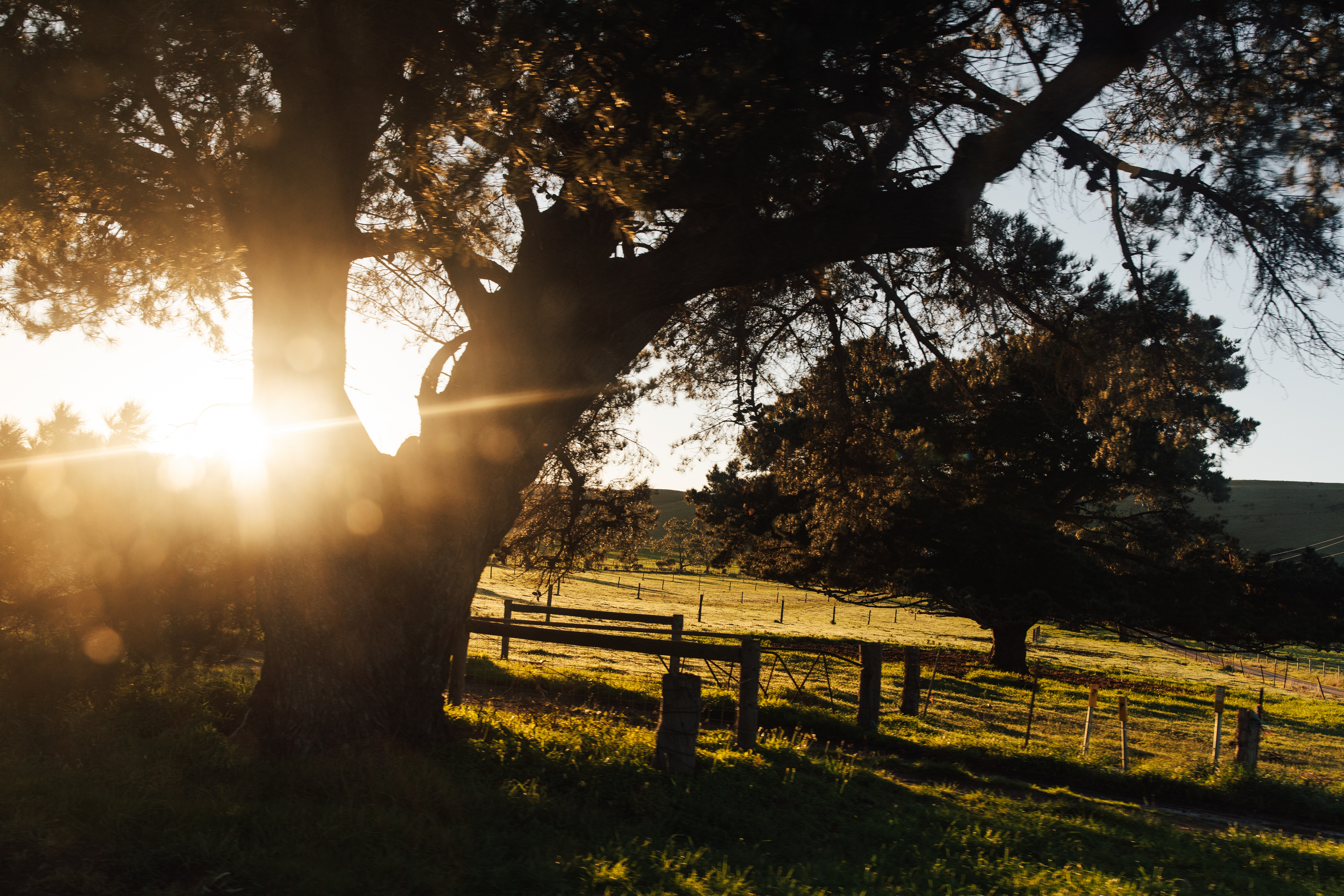
Changes required to manage goats in pastoral region
Livestock SA continues to push for an amendment to the Pastoral Land Management Act (1989) to allow producers to fence off an area for the capture and containment of feral goats on their properties.
This change would allow pastoralists to wait until they had sufficient numbers of goats to be able to truck them out, and also allow goats to grow out to a minimum of at least six kilograms to ensure they would receive a higher price for them at slaughter. At present in South Australia, goats can only be held for 60 days before they must be sold.
Livestock SA helped to convene a statewide feral goat management forum at Port Augusta in mid-December, in conjunction with Natural Resources SA Arid Lands.
The forum was driven by industry calls to loosen restrictions on feral goat management to allow producers to take advantage of high goat meat prices.
Livestock SA believes the harvest of feral goats through management adds value to pastoralists’ incomes, has a positive effect on flora and fauna and creates jobs and growth, enhancing the state’s economy, as well as being an effective control measure for the feral pest.
At the forum, there was a general consensus that an adjustment to the act in this way would be the best way forward to ensure that the environment was protected from goats.
In the Flinders Ranges, goats already put wildlife such as the Yellow Footed Rock Wallaby at risk, competing with them for the same feed.
While prices for goats remain at record levels, most recently up to $7.30/kg carcaseweight, from a production standpoint they continue to affect pastoralists’ enterprises, grazing in areas where sheep and cattle are run and consuming large volumes of water.
While goat numbers have dropped in almost every other state, in South Australia they continue to rise.
Jim and Jenny Treloar, Wadnaminga, via Manna Hill, say goats continue to impact on their property. Water is a precious commodity in the pastoral zone and they had spent a lot of time and money pumping water from bores and wells, which was then consumed by feral goats. In 2015-16, the Treloars trapped and sold at least 4000 goats, trapping and trucking out 1200 in December alone.
It is important that this issue is resolved as soon as possible to ensure pastoralists can maximise the profit they make from goats – and ensure the environment is protected.
– Geoff Power, President of Livestock SA
